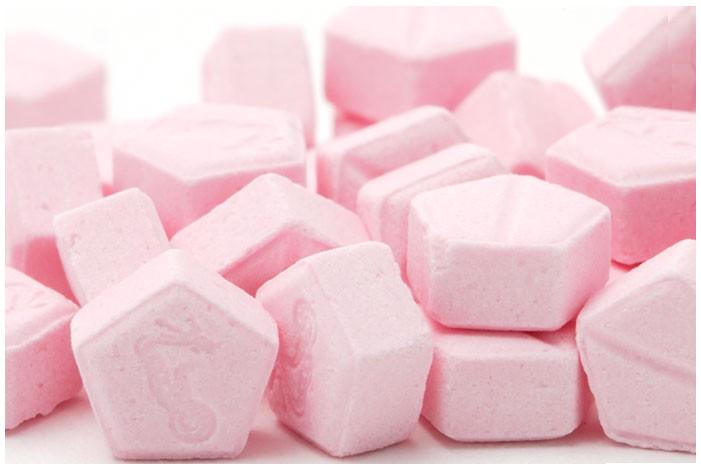- Quality of illegal doping substances on the black market in the Netherlands –
This article pertains to a study performed in the Netherlands, which examined the quality of anabolic androgenic substances used as performance enhancing drugs by athletes, bodybuilders, powerlifters, fighters and an increasing amount of cosmetic bodybuilders. The aim of this study was to obtain a current and clear insight on the quality and availability of illegal doping agents on the Dutch black market. Altough isolated to steroids found in Holland, I think the results are quite representative for most European countries.
 The Dutch study covers four years and involves the analyses performed on 203 products that where seized at the arrest of dealers or became available through other channels of the Dutch inspection for public health, during the period between 2000-2003 and were analysed for the presence of active ingredients as claimed on the label. The study contains a total of 336 products that were analysed. Beside the products from the period between 2000-2003 the NeCeDo study made a comparison with the results of 98 analyses from 1998 performed by the NIDDR (Netherlands Institute for Drugs and Doping Research in Utrecht)
The Dutch study covers four years and involves the analyses performed on 203 products that where seized at the arrest of dealers or became available through other channels of the Dutch inspection for public health, during the period between 2000-2003 and were analysed for the presence of active ingredients as claimed on the label. The study contains a total of 336 products that were analysed. Beside the products from the period between 2000-2003 the NeCeDo study made a comparison with the results of 98 analyses from 1998 performed by the NIDDR (Netherlands Institute for Drugs and Doping Research in Utrecht)